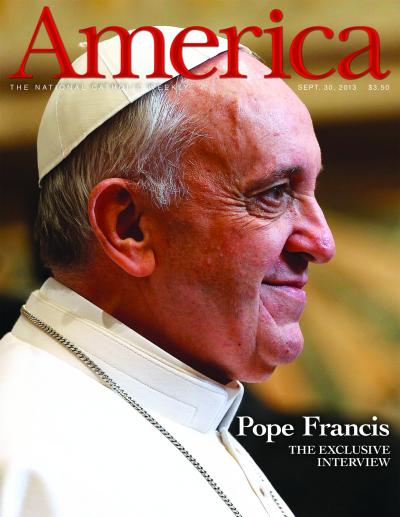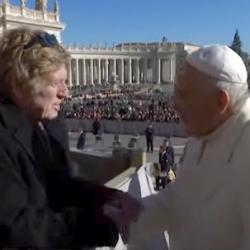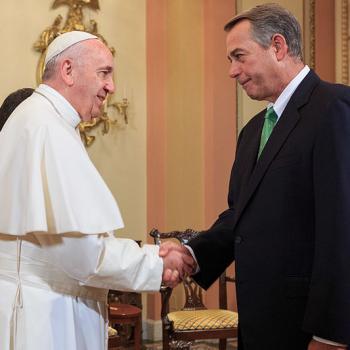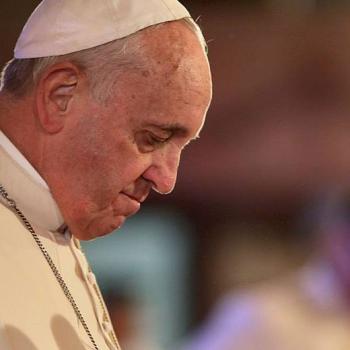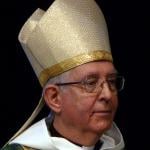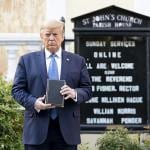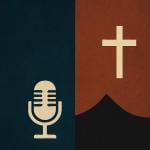Hours after that interview with the pope was published, the grumbling began—and from some unexpected places. One of them was in Catholic media.
Greg Erlandson, publisher of Our Sunday Visitor, complained on his blog:
While I am at the Plenary of the Pontifical Council for Social Communications with such leaders as Cardinal Thomas Collins of Toronto, Cardinal Oscar Rodriguez Maradiaga of Honduras, Archbishop Diarmuid Martin of Dublin and a host of other Church officials and communications professionals from around the world, America magazine releases a long article based on an interview with Pope Francis. The interview was the result of collaboration between a number of Jesuit entities and conducted by the Jesuit editor of the esteemed Italian publication Civilta Cattolica. (It was released in other languages around the world as well.)
It appears that hardly any bishops had a head’s up that this was coming. News organizations had advance copies that were embargoed. That means that they promised not to publish anything before 11 a.m. EDT.
Greg was unhappy that other Catholic media entities were shut out of the scoop of the year, essentially letting the secular press spin the story however it wanted.
I thought he had a good point. I couldn’t help noticing that the only voices speaking about this early on were Jesuits. They owned the story. I commented:
Is it possible that this was a concerted effort to shut out other voices? So that the only ones who could speak definitively about it were, in fact, a small cadre of Jesuits? Once it was published, it would take several hours for bishops, reporters, theologians, analysts to get up to speed and be able to comment on this, but by then, the folks at America had already done it. It’s the “get” of the year, maybe of the decade, and good for them. But for a work of this significance, that kind of strategy strikes me as rather small and perhaps even antithetical to the Franciscan spirit of evangelization. For at least a little while, America elected to keep this news, and by extension some of the Good News, to themselves.
Well, late yesterday, one of the Jesuits who helped engineer this scoop, Fr. James Martin, an old friend of mine, dropped me an e-mail. He was concerned about my comment and wanted me to know the backstory. “Please call me and we’ll chat,” he wrote. “I’ll tell you the whole story. Happy to talk on the record, too. Jim.”
I rang him up and what followed was a casual, wide-ranging 45-minute conversation that revealed more of how this unprecedented interview happened. Jim described the elaborate negotiations that went on, the complicated logistics, the delicate dance that involved dealing with international publications in multiple languages, each of which wanted a say in how this was handled. He retold the story editor Matt Malone described in the magazine, detailing how the interview came to be, and fleshed out some details:
- The chief conduit for the interview was Jesuit Fr. Federico Lombardi, director of the Holy See press office.
- Once the interview had taken place, Jim said, the editors were scrupulous about the translation. They commissioned a team of five Italian-English translators. Every word was picked over for nuance, context, correct meaning. They didn’t want to run the risk of having someone get hold of the original Italian and run it through Google Translate and come up with their own imprecise verbiage. It was imperative that they get it right. The final English text was double-checked by a Ph.D. student in Italian literature from Yale.
- As was previously reported: the pope himself reviewed the text and approved it for publication.
- Timing was everything. And this turned out to be a logistical nightmare. When I asked Jim if this was intentionally released in close proximity to the “Gang of 8” meeting in early October, he laughed. There were 16 Jesuit publications involved, he explained, from different countries, in different languages, each with a different publication schedule. Some publish online, some don’t. It was purely a matter of coordinating the best time when all could be published together, so it could be done in unison.
- It was decided that in the U.S. five media outlets would receive hand-delivered copies of the text about 24 hours in advance: the New York Times, CNN, AP, the Wall Street Journal, and Catholic News Service.
- Key bishops, he said, received an advance copy of the magazine by mail. Cardinal Dolan received a copy the day before it appeared online. So did the USCCB’s director of media relations, Sister Mary Ann Walsh.The only other person outside the publishing world who received an advance copy was the Superior General of the Jesuits.
- I asked him if there were any outside consultants who helped develop the media strategy for this release. He laughed. “Just us!, he said. “It was me and Matt Malone and the editors.”
- Why didn’t other Catholic media outlets receive a heads up? “What would the alternative have been?,” Jim asked. “The alternative would have been to give it to multiple magazines, and the other Jesuit magazines around the world were very worried about leaks…it was just as much their story as it was ours, and they did not want to be scooped.” Jim explained, too, that some of the other publications had a strong resistance to releasing any of the text in advance at all; they weren’t accustomed to dealing with American media practices. “And frankly,” he admitted, “we wanted this to be a big story.”
But even the editors at America, he said, were astonished at just how big it became.
“We really didn’t know,” Jim told me. “Honestly. We were hoping that people would pick it up, but we had no idea. The day before it was published, I went into Matt’s office. We both had the same thought: ‘You know, this could be kind of a dud.’ But our first indication came when I contacted the reporters to make sure they had gotten the advance copy. Each of the reporters said, ‘Read it to me, what is it?’ And I remember talking to Rachel Zoll of the AP. I read her some quotes. Rachel was just thunderstruck. She kept saying ‘Oh my God…'”
And his impressions of the finished product?
“Very moving,” he said. “It’s wonderful to see the Holy Spirit at work. I have to say, we were very excited to be able to participate in this and to see an idea like this come to fruition. I was deeply moved by the interview and found it very hard to edit because I was praying with it.”
He was surprised, too, at Pope Francis’ candor.
“I found it remarkable that he would speak so familiarly, in such a relaxed manner,” Jim said. “I was just moved to hear him speak so honestly, to say things about the Church that I find so inspiring. This is someone who is so free and so open to where the Spirit is leading us.”
It yielded not only an extraordinary piece of journalism, but a remarkable new form of papal preaching.
“I think what we did was a kind of new evangelization,” Jim said at one point. “It’s certainly a new form of communication with the pope: a conversational interview.”
And one that will undoubtedly be studied for years to come.
So there you have it. The greatest journalistic sin that appears to have been committed here is one to which we are all prone: the sin of fear.
Fear, specifically, of leaks, and of somehow being scooped.
It was a fear that turned out to be unfounded. As Jim Martin said near the end of our conversation: “The way I look at it, the fact that 16 Jesuit publications were able to collaborate on this, and then keep this a secret for as long as they did, is Francis’ first miracle.”

